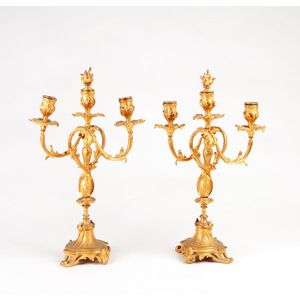Etruscan Garnet Earrings with Ropetwist Design
You must be a subscriber, and be logged in to view price and dealer details.
Subscribe Now to view actual auction price for this item
When you subscribe, you have the option of setting the currency in which to display prices to $Au, $US, $NZ or Stg.
- Cabochon Cut in Jewellery - A cabochon cut is a type of gemstone cutting where the stone is cut and polished in a convex shape with a flat bottom and a domed top, with no facets. This type of cut is typically used for opaque or translucent stones that have natural patterns or inclusions that are best displayed in this type of cut. Examples of stones that are often cut as cabochons include turquoise, opal, and moonstone.
- Etruscan - The Etruscans were pre-Roman people who mainly inhabited central and part of north Italy, in the area corresponding to Tuscany. The civilisation was active from around 700BC until their assimilation into the Roman Empire in around the 4th century BC.
With the increasing importance of Rome they were virtually wiped out, for Rome would not tolerate a competitive civilization. Many Etruscan rituals and aspects of their culture were taken over by Rome: Etruscan funeral games became the Roman gladiatorial combats and the science of divination came from the Etruscans.
They were also incredible craftsmen in precious metals. It was said that the famous Etruscan Sibylline books of received wisdom were burnt by Rome and that the emperor Claudius was the last person who could read Etruscan, a language that is still largely undeciphered.
Black and red figure vases attributed to the Etruscans provided the basis for the Etruscan style of furniture, decorative arts and decoration first seen in Louis XVI furniture in the 1760s, and then adapted by Robert Adam in England.
The style was characterised by the use of the red and black colourways of the vases, together with motifs such as lions, birds, sphinxes and griffins.
Josiah Wedgwood was inspired by the civilisation, and in 1769 he opened his new ceramic factory at Stoke-on-Trent, naming it "Etruria Works". Using the modeller John Flaxman, he produced wares based on what was thought at the time, to be Etruscan themes.
At the end of the 18th and in the early 19th century, Etruscan themes were seen in glass, jewellery and furniture, and in the 1820s Coalport China produced a range of wares based on the Etruscan themes.
Around that time it was discovered that the archaeological treasures attributed to the Etruscans were of Greek origin, but the description of them as "Etruscan" continued. - Garnet - A garnet is a mineral that is commonly used as a gemstone. It occurs in a wide range of colours, including red, pink, orange, green, yellow, and black. The most common and best known type of garnet is the red variety, which has a deep, rich colour and is often referred to as a "garnet red."
Garnets have a long history of use as gemstones, and they have been prized for their beauty and durability for thousands of years. They are often used in jewellery, such as rings, necklaces, and earrings, and they are also sometimes used as a decorative element in other items, such as vases and goblets.
Garnets are prized for their brilliance, durability, and resistance to scratching, making them a popular choice for use in jewellery. They are also valued for their hardness, which makes them well suited for use in abrasive applications, such as sandpaper and grinding wheels.
This item has been included into following indexes:
-
earrings, gold
- gold with garnets 228
- gold, other 3,272
- earrings, period or style - Victorian period 273
- Etruscan style jewellery - earrings 40
Visually similar items

A French gilt bronze and champleve clock garniture, 19th century, the clock 42 cm high

A French ormolu clock garniture, 19th century, an elaborate three piece onyx inset garniture, in the neo classical style, all pieces seated on wooden stands, 41 cm high

A pair of gilt bronze three branch candelabras, French 19th century; 43 cm high

A pair of gold earrings, the Etruscan style drop earrings, in 15ct gold, total length 50 mm.
